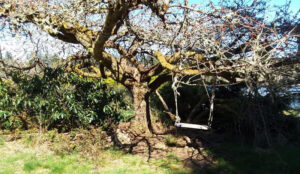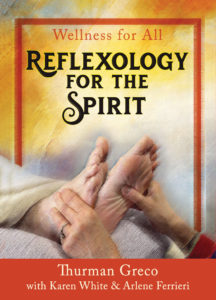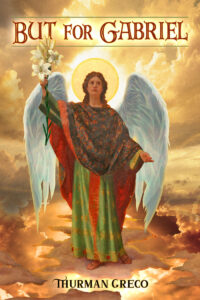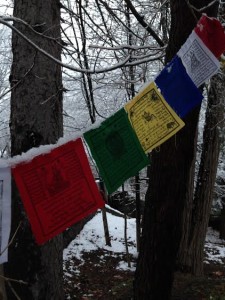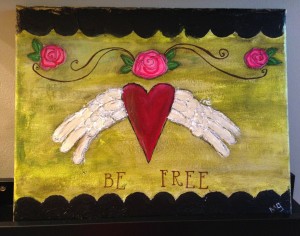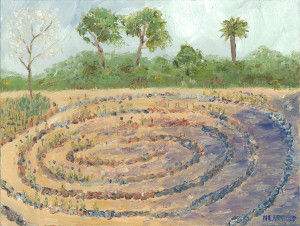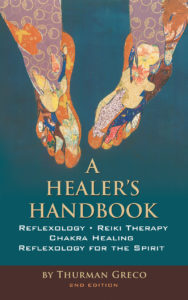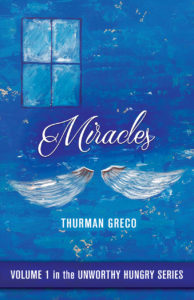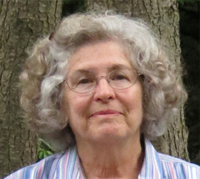Reiki Healing and your Chakras
Reiki therapy is a specific healing modality used throughout the planet.
Reiki means “Universal Life Energy” and is the word used to describe this system of healing. Reiki is a light touch given to a clothed body to improve the overall wellbeing of the recipient. Using an intention, the Reiki practitioner gives healing energy to an accepting receiver.
The healing energy flows through the hands of the practitioner.
I feel that the Reiki we practice today is old. Its origins are shrouded in the mists of time.
Dr. Mikao Usui developed and used the healing modality we use today. He operated clinics in Japan in the 20th century. Dr. Usui is not only remembered because of the Reiki he developed but also because of his spiritual lifestyle.
Dr. Usui worked with others in his clinic and in his spiritual practice. Two people include Dr. Chujiro Hayashi and Hawayo Takata.
Hawayo Takata brought Reiki to the United States after World War II
It is said that Dr. Usui meditated on one of his five principles daily:
Original Reiki Precepts
Just for Today,
I will not worry
I will not be angry.
I will do my work honestly.
I will count and be grateful for all my many blessings.
I will be kind to every living creature.
When I offer a Reiki session focused on balancing the chakras of the recipient, my client is usually seated or lying face-up on a massage table or other flat surface.
I offer my client a blanket and eye pillow if it’s appropriate.
After setting the intention, I invoke the symbols: Standing at the head of my client, I draw first the ChoKuRei, then SeiHeKi, then HonShaZeShoNen. Finally, I repeat the ChoKuRei again.
I place my hands on the shoulders of my client.
So far, this part of the session should take 5-10 minutes. However, this time length can change with the practitioner. Each practitioner works in a different way so the time will not always be the same for everyone.
I then move to the side of the client and go to the first chakra.
I balance the primary chakras beginning with the root chakra. I balance each chakra by hovering my hands over each chakra about 2 to 6 inches above each chakra. I usually spend about 5 minutes on each one although these times can change depending on the client.
I am an old massage therapist and believe that touching my client will help me do my job better in many situations. As a massage therapist, I feel that I gain a better understanding of what is happening.
However, this is a personal situation and will be determined by your training, and previous experience with not only Reiki but other healing modalities.
A Reiki session works with the physical, mental, emotional, energetic, and spiritual levels of a person’s body. On a physical level, many people appreciate the warmth generated by a Reiki practitioner’s hands. On a mental level, the client is often comforted by knowing where the practitioner’s hands are at all times.
Respect your client privacy at all times. It’s important to do the right thing at that moment. Some people do not want to be touched at all, no matter what.
Always respect your client’s privacy. Chakra balancing is extremely intimate work. And, Reiki energy naturally finds its own path, going exactly where it is needed.
The first chakra to be balanced is the root chakra. When I balance this chakra, I place my hands outside the person’s hips where they meet at the base of the spine. This chakra is your client’s connection to the physical world. Trust is an important issue here.
The second, or sacral chakra is located about 1-2 inches below the navel. This chakra is the seat of creativity and inspiration.
After balancing the second chakra I move on to the third or solar-plexus chakra. This is where the upper chakras and lower chakras meet. The solar-plexus chakra is found just above your waistline, where your client feels the chakra as “butterflies”. This chakra is where your client finds her power.
Moving on from the third chakra to the fourth chakra, balance your client’s heart chakra – the center of love, healing, and compassion. Your client’s heart chakra is located in the central chest.
After balancing your client’s fourth chakra, move up to the fifth, or throat chakra. This chakra houses voice and self-expression. As expected, this chakra is located in the throat.
The fifth chakra, the third-eye chakra, is located in the forehead in the area of the eyebrows. The third-eye chakra focuses on intuition and awareness.
The next chakra, the crown chakra, is found toward the top of the head. This is where the higher self and the divine come together.
After balancing each chakra and finally coming to the crown chakra I focus for a few moments at my client’s feet. After all, I’ve come to a full circle along my client’s body. It has been a session of shifts and adjustments – many not yet known by the client. It may take several days for your client to begin to understand what is happening.
A Reiki chakra balancing session can often be repeated more than once or twice in a lifetime. Your client may want to have several weekly or monthly sessions. A few of your chakras may want to be balanced several times until they are happy in their new place.
Whatever the outcome of the chakra balancing session, a few minutes spent at your client’s feet for grounding purposes are a good idea. The options here are many. Have you taken any reflexology classes?
No?
There’s a video out there that might inspire you. You probably won’t spend more than about 5-10 minutes on your client’s feet. You are there to offer a path back to present time for your client.
The are many classes waiting for you on YOUTUBE. Some are mine and some are produced by other teachers. But, whichever one you choose, the idea is to gently finish your session.
One final suggestion: a chakra balancing Reiki session, or a regular Reiki session, are both good for the body and the soul. Every person needs some Reiki every week or so. If you feel you don’t have the budget for this, learn Reiki and partner up with another practitioner.
You can connect with me on Facebook. If you have friends who might enjoy this post, please forward it to your favorite social media network and to your friends.
If you’re looking for more, check out my books. www.thurmangreco.com.
THANKS AGAIN!
